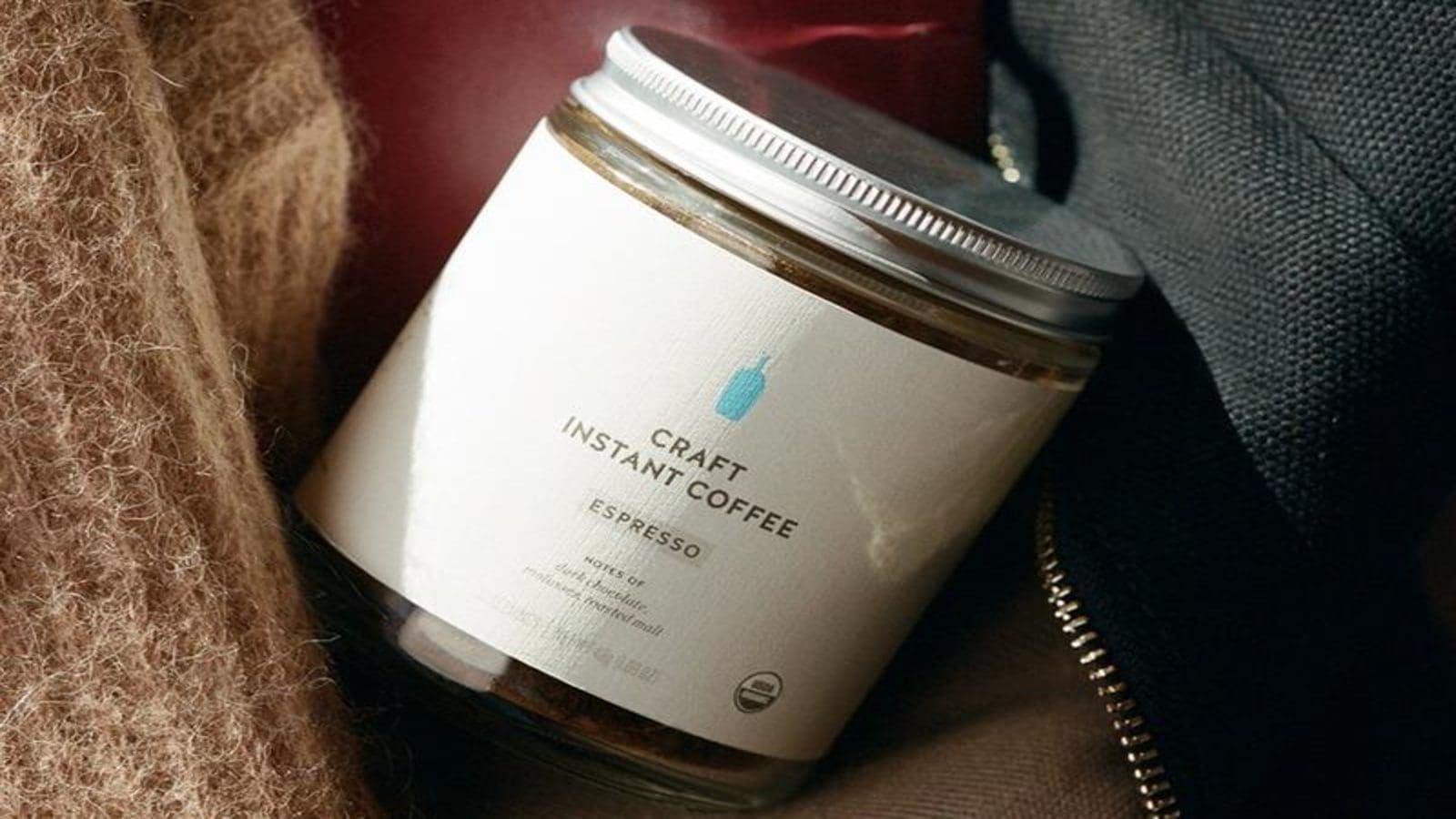KENYA – Kenya’s sugar imports have clicked 189,000 tonnes in the nine months to September, a significant reduction from the 933,000 tonnes of sugar it imported last year.
A report by the East African revealed that out of the total imported sugar, that from the Common Market for Eastern and Southern Africa (COMESA) and East African Community (EAC) member countries was estimated to be more than 135,000 tonnes.
Despite of rising imports, there was a steady rise in sugar exports in the nine months of this year to 1,947 tonnes against 363 tonnes in the same period last year.
A report from the Sugar Directorate read: “Within the nine months to September, COMESA-FTA countries supplied Kenya with 84,127 tonnes, while 5,000 tonnes came from COMESA Non-FTA.
The EAC provided 51,285 tonnes, with the majority being from Uganda, whereas imports from the rest of the world were 49,208 tonnes.”
“The low exports are attributed to the fact that Kenya is a deficit sugar producer with most of the production being targeted at local consumers.
Moreover, Kenyan sugar is expensive and therefore not attractive for export.”
Data on sugar from last year showed that imports increased by 196% due to huge importation of duty-free sugar between May and August 2017 to mitigate the prevailing local shortage in the country.
High imports were registered from non-COMESA countries during the period as more than three quarters of the consignment was imported from Brazil.
Local production improves
The country has also registered significant improvement in production with the tonnage rising by 43% to 362,018 tonnes reflecting a resurgence from the impact of drought in 2017.
Kenya’s local production is controlled majorly by three sugar millers Olepito, West Kenya and Sukari Industries owned by billionaire Jaswant Rai, but his industries are said to have processed a lot of imported sugar.
South Nyanza-based Sukari raised its production by 120% to 44,067 tonnes from 19,420 tonnes in the same period last year.
West Kenya saw its production increase by almost 50% to 78,740 tonnes compared with 53,770 tonnes in the same period last year, while the one-year old Olepito managed 3,858 tonnes in production.
According to the data, all the sugar factories, with the exception of Muhoroni Sugar Company recorded improved sugar production as compared with the same period last year, January-September 2017.
Kenya has also seen an increase in sugar sales in the nine months to September, to 343,643 tonnes compared with 250,274 tonnes sold in the same period last year, an increase of 37%, attributed to improved production and rising local sugar demand.
Kenya’s sugar production has been dwindling now for years, forcing the country to resolve to imports from and outside the EAC.
Some of the factors the industry is grappling with include limited supplies of cane, which has led to the mills operating below 50 per cent of their installed crushing capacity.
Mumias, one of the oldest sugar giants in the region saw a very low sugar production of merely 4,768 metric tonnes in the period under review, putting the company’s fortunes at the lowest in history.











